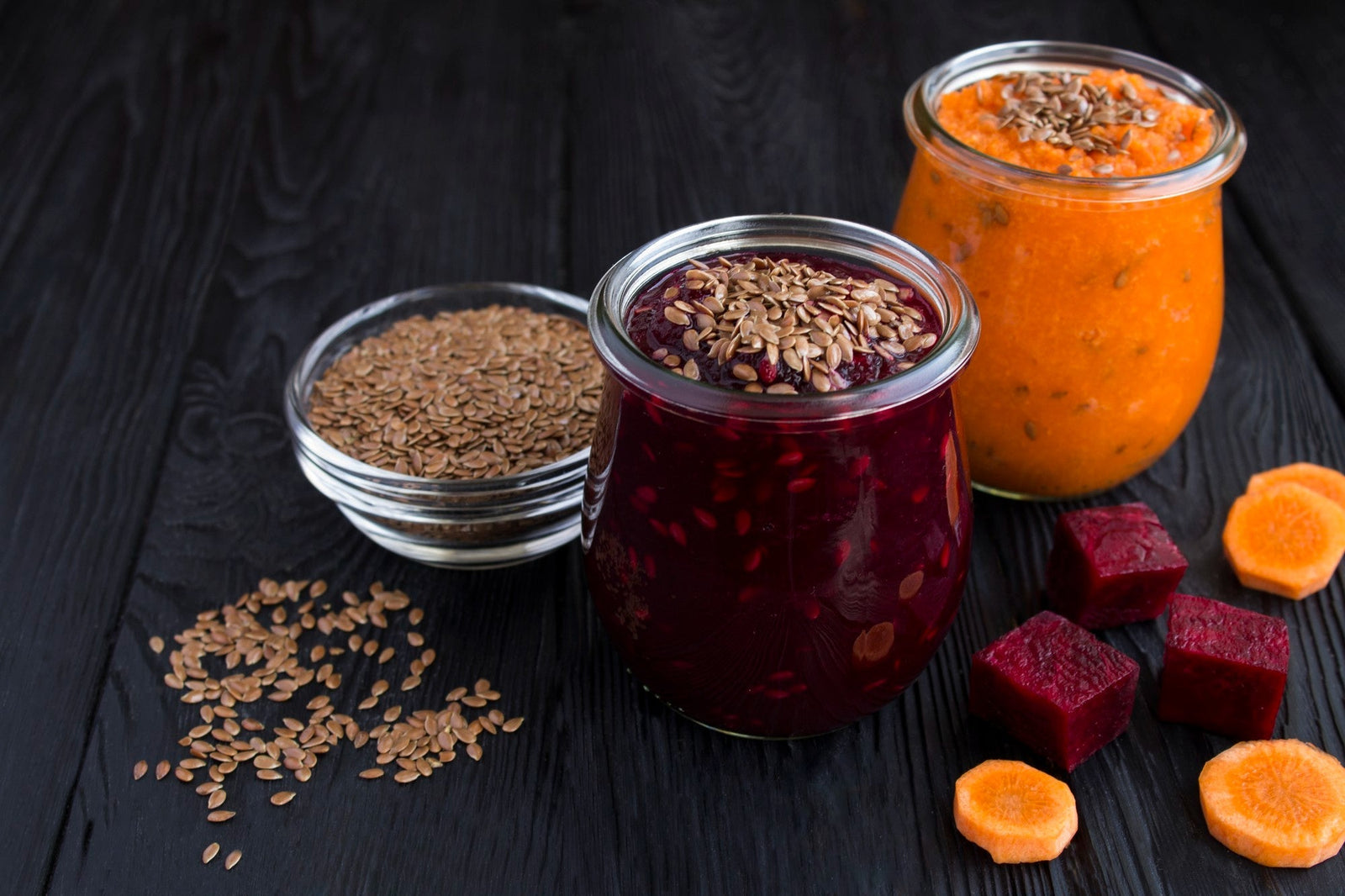
February 19, 2024 3 min read
Great Northern beans, known for their delicate flavor and creamy texture, make a versatile and nutritious addition to various dishes. In this step-by-step guide, we'll explore the easiest and simplest way to cook Great Northern beans, ensuring that you can enjoy their goodness in a hassle-free manner. From preparation to cooking, let's dive into the simplicity of creating delicious meals with these nutritious legumes.
Begin by rinsing 1 cup of dried Great Northern beans under cold water. Place the beans in a large bowl and cover them with enough water to ensure they are fully submerged. Allow the beans to soak for at least 8 hours or overnight. This process helps soften the beans, reducing cooking time and improving their digestibility.
After the soaking period, drain the beans and give them a thorough rinse under cold water. This helps remove any residual compounds released during soaking, contributing to better overall flavor and texture.

To check if the beans are done, take a few and press them between your fingers. They should be tender but still hold their shape. If they are too firm, continue cooking and check them every 10 minutes until they reach the desired tenderness.
Once the Great Northern beans are fully cooked, season them with salt to taste. Adding salt earlier in the cooking process can toughen the beans, so it's best to do it towards the end.
Now that your Great Northern beans are perfectly cooked, you can enjoy them in various ways. Add them to soups, salads, or stews, mash them for spreads, or simply season them for a tasty side dish. The possibilities are endless!
Cooking Great Northern beans is a straightforward and rewarding process. With just a few steps, you can transform these legumes into a delicious and nutritious addition to your meals. So, embrace the simplicity, savor the creamy texture, and enjoy the culinary versatility of Great Northern beans in your kitchen. Happy cooking!
❤ Try our USDA certified organic Great Northern Beans ❤
Roasted Vegetable & Great Northern Bean Soup
Related Blogs:
Comments will be approved before showing up.

January 27, 2025 3 min read
Flaxseed, the tiny yet powerful superfood, is packed with nutrients that can support weight loss. From curbing hunger to stabilizing blood sugar, this guide dives into the science of how flaxseed can help you shed those extra pounds.

December 11, 2024 3 min read
Discover three quick and easy soup recipes featuring organic small red beans. From a classic vegetable soup to a creamy potato blend, these wholesome recipes are perfect for chilly days and busy weeknights. Packed with flavor and nutrition, these soups will warm your heart and soul this winter!

December 06, 2024 3 min read
This vibrant and nutritious Green Lentil Salad combines tender lentils with grilled chicken, fresh vegetables, and a zesty lemon dressing. Packed with protein, fiber, and essential vitamins, it’s the perfect healthy meal for any time of day.
© 2026 Be Still Farms- Real, Fine Organics.
Privacy | Terms | Refund Policy | Organic Certification
